020- the 7 Flaws on the podcast


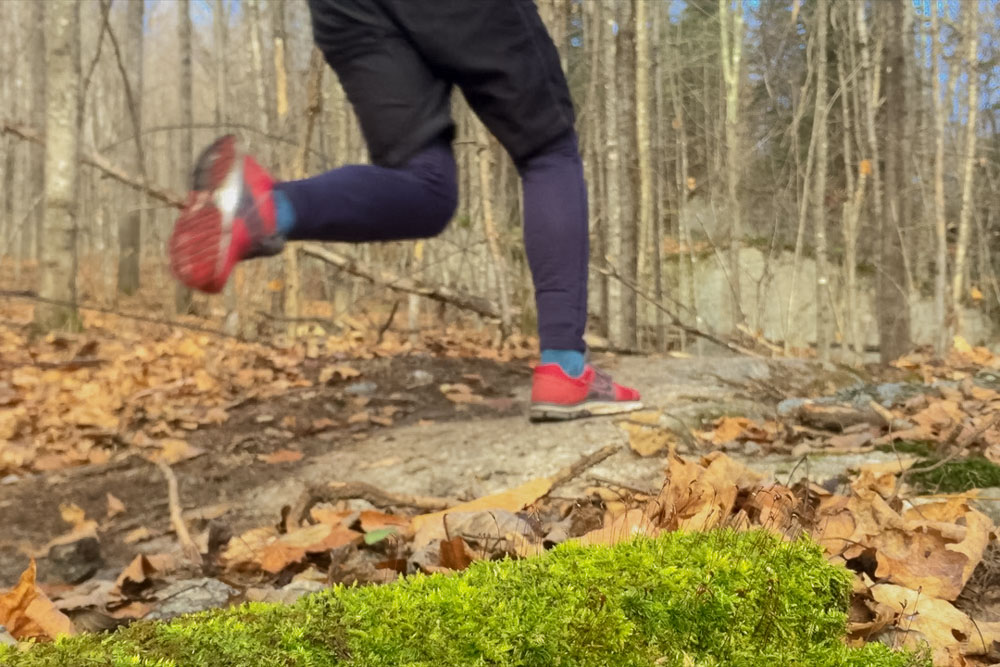
The season is about to start and it is the perfect time to get motivated to train and be in the best shape before the season.
The goal here is simply to share my training on a 5 day a week program.
I do the same things over for one month and it’s worked pretty good for me.
Remember to train according to your capacities. I’m not a trainer and if you are not sure if these exercices are good for you or not, please ask your physician. This is just me sharing my method that is working for me.
Have a great season!
Here it is
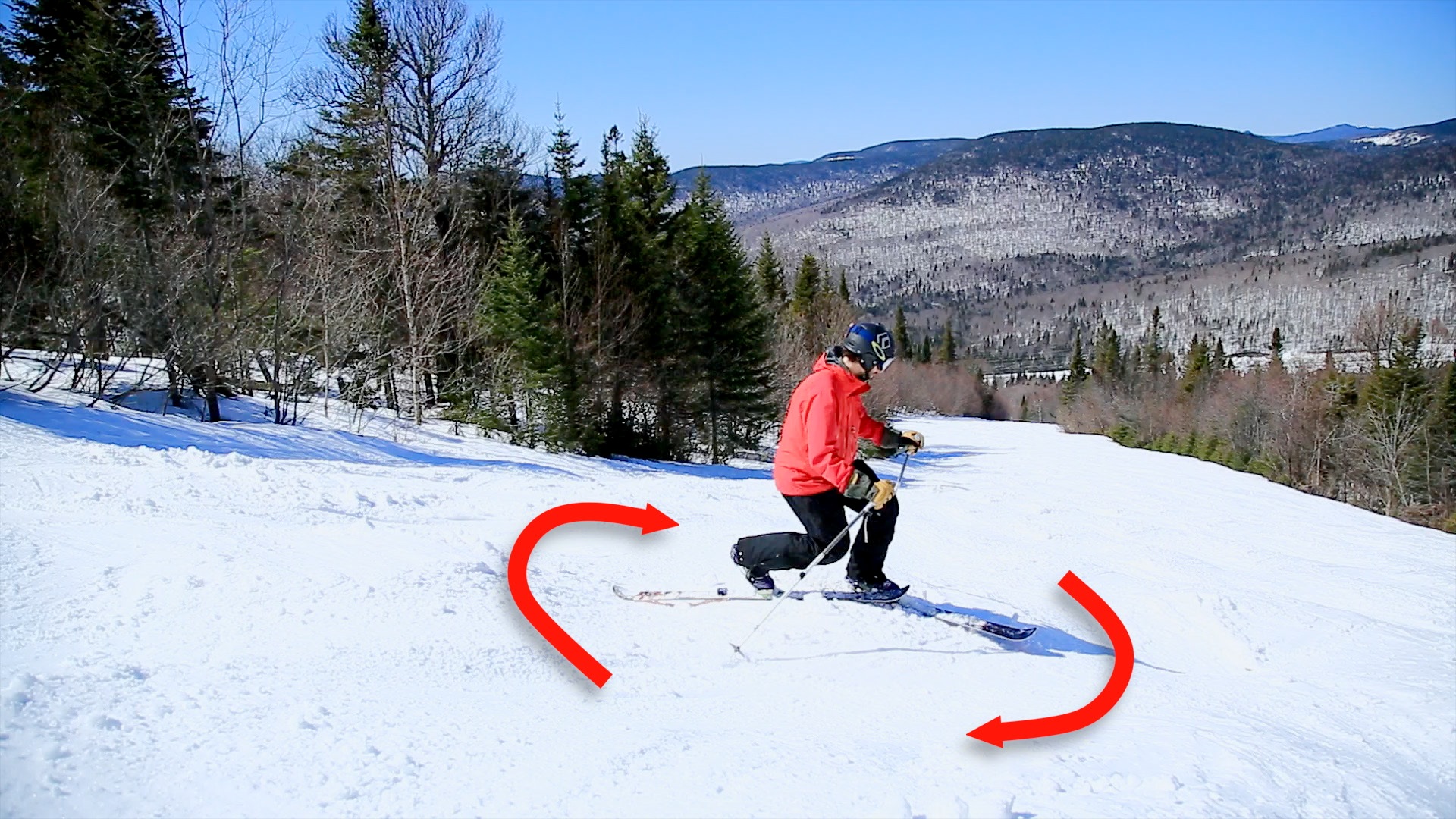
I often hear the same comments about telemark, from telemark skiers AND from alpine skiers:
But this is not a reason to stagnate and not improve. Continue reading »
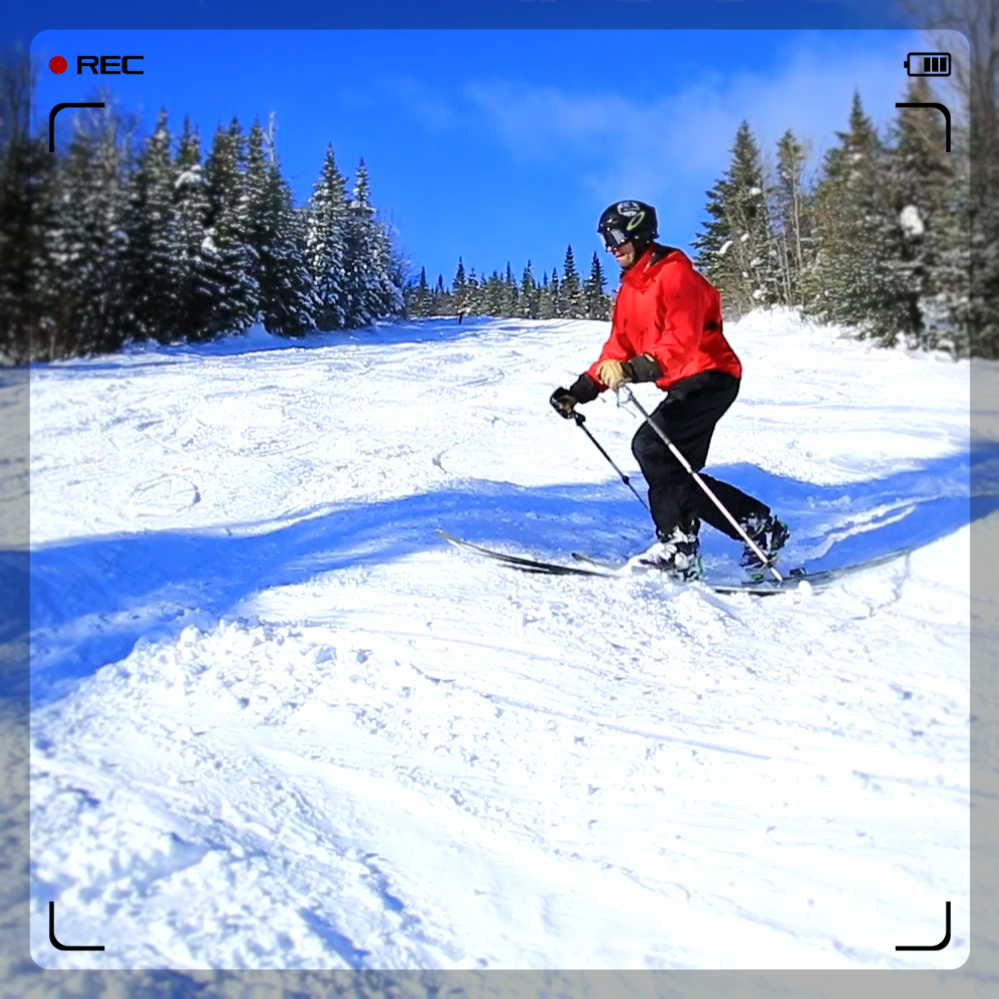
here is a new trailer for our web tutorial series:
This tutorial is for intermediate alpine skiers or advanced snowboarders that are transitioning to Telemark.
Our experience have showed that the knowledge developed skiing or snowboarding is going to make a positive difference in learning Telemark.
This comprehensive course will enable you to progress faster and better. We will go from beginner to intermediate skills and even how to get started in moguls.
This is a step by step tutorial, with drills for every skills shown along the way .
This is also THE tutorial for telemark skiers that are stock in their progression with an Alpine like position. It will unlock the skills to go in harder terrain such as steeps, powder or moguls. Note that this is NOT a tutorial on moguls, steeps nor powder. We develop here the skills that will enable with to approach this types of terrain.
Never before a tutorial as been set up like that. We skip the classic approach and give you the best for your buck package.
This tutorial will be available November 8th 2013. Preorder your copy now in our Telemark Lessons section
This tutorial is part of our tutorial video series. If you would like to learn specific thing about telemark technique, leave us a comment below.
Big news, follow us, subscribe to our mailing list, a special Webinar event will take place for our November 8th launch. Sign up below
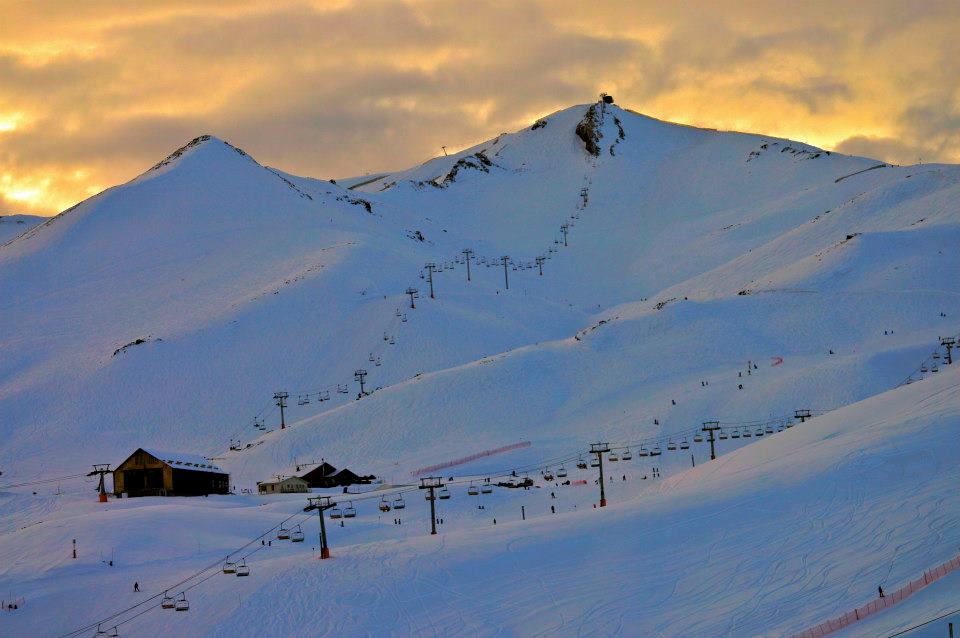
Today we meet with Serge Berthiaume, A French Canadian living and skiing in South America. I first meet Serge more than ten years ago; ski bumming his way all over North America. I was not surprised when I heard Serge’s plan to ski South America over the summer; it was a bit of a shock when I heard he would go back every year. Saving money, working winters back home just to go back to ski the Southern Winters. After all, most of us were doing the opposite. Serge now lives full time in Chile and skiing is still his main occupation.
It’s been 10 years since we started our history here in Chile, that was in 2003. When we arrived to Santiago after saving up our money (for a whole winter), we understood that what we did was the best choice, skiing 30 inch of fresh snow on our first day.
The first days were hard! Trying to figure where the best lines were, the best happy hours, the best restaurants… well, the best setup for us! Two months after our return to Canada we realized that we loved our trip so much that we didn’t’ spend a day without talking about it! It was done: we were addicted. We had to come back, we never miss a ski season in Chile ever again!
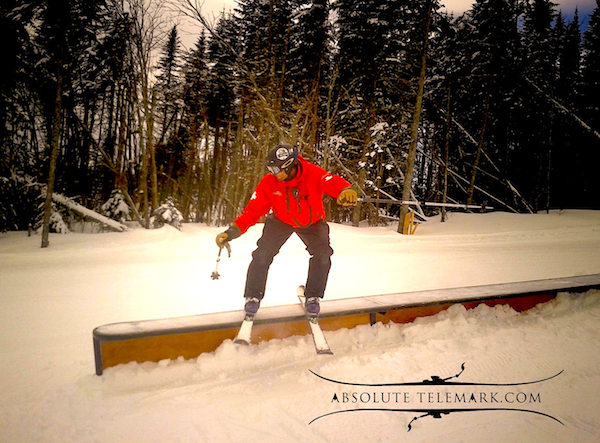
Telemark skiing is an art form that peacefully integrates you with your surroundings. You eat granola, drink herbal tea and good craft beer, and bearded men and strong women are the norm. If your backpack has a name and you can’t go skiing without your dog, you’re a telemark skier.
These youngsters are all about jumping and grinding in the park. They look the same as the rest of the park rats and spend hours perfecting their spins. At first it looks like a completely different sport. They don’t appear to be turning, but seem to be simply jumping around. Don’t be fooled. These young skiers are just as passionate about our sport, and are as dedicated as most of the traditional crowd. Best of all they call themselves telemark skiers.
Check out this link to see what I mean.
Mike Douglas, known to many as the godfather of Freesking has raised the bar for skiers. He and other free-spirited skiers have changed the look of skiing by taking what the snowboarders were proving was possible and adapted their styles to skiing. Telemark skiing is already seeing a similar make over.

The telemark stance define the sport. This split squat creates the turn and stabilize the skier.
A lot of the modern telemark technique and equipment is influence by the alpine ski technique. Balance and weight distribution are no exceptions.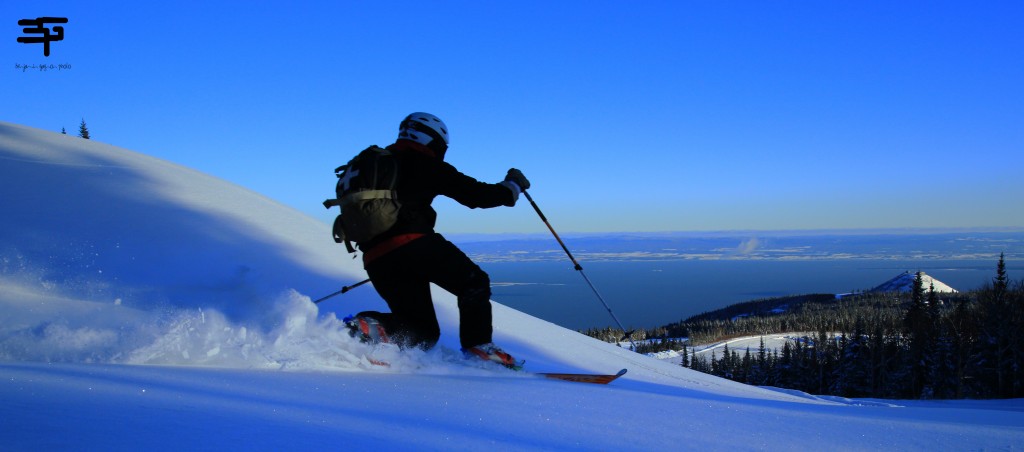
It use to be really clear: 50% on each skis. At all time. When parabolic skis came on the market, that’s what the alpine world did too. Get both skis to carve is more efficient. For the past few years, alpine has come back to 80% on the outside ski. They say that it reduces the chance of falling on the inside ski. And people are winning world cup with that technique.
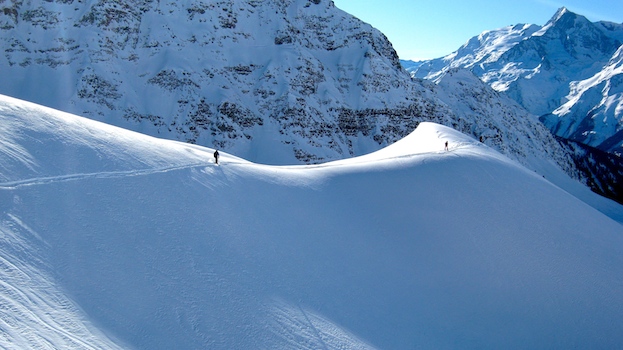
Telemark creates a community and backcountry is a place where time and space are different. People are different. Hiking for your turns, on a good powder day, you hear it all over.
On a good crew, you’ll hear all sorts of them. We all get incredible feelings from the face shoots, nice flow on long arc turns, a clean line with a few hits. Seeing your friends ski and getting good snow, we all cheer once in a while. Or more.
Are you a loud backcountry lad?
My favorite basic sounds are: Youp youp youp. Whiiiiiiiii. Yeah wouhou yeah wouhou. But you also get full on cheer like a buddy of mine yells stuff like: Awesome, Get some cheese! Solid! MASSIVE! My favorite all time is a friend of mine going:
To all the friends in the backcountry; HIIIIII HAAAAAAAA
You can have some folk signing. From Divas like Celine Dion to Austrian yodeling (special greetings to Pierrot Lortie who can really sign all the Yodeling in the repertoire) to the latest music hits from your favorite ski movie and so on.
Continue reading »
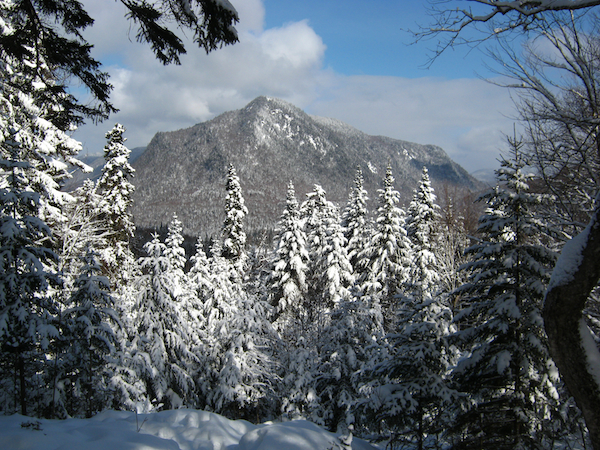
It is with great pleasure that we finally saw the Jacques-Cartier National Park in Quebec, Canada, open a 1 sq. km area to backcountry users.
Mathieu Brunet, Park director, was really please to see the minimum snowpack of 1 meter finally reach Thursday evening. This season was not the most constant with two major rain episode in January and February.
After two year in the making, obtaining the environmental approval for this pilot project, , it was finally happening and it produced immediate results, confirming the potential. On the first week end, more than 200 persons went and came back with smiles on their faces.
Having developed the idea and selected the area, I was pleased to hear about that. Eastern Canada does not have a great deal of backcountry access and the park opening could really be the start of something. Who knows! One thing is for sure, the sport is growing fast and people dream of powder.
With 300 meters of vertical, an average of 30° slope, there is definitely great terrain. It’s a forested area with birch, spruce and fir, it has a moderate density. The top plateau has a 150 meters vertical at 20-25° slope and has a low density, it is perfect for backcountry beginners (i.e advanced skiers/boarders). For more information, you can call the park at (418) 848-3169
The Park is 30-40 minutes from Quebec City and the Welcome center is a few hundred meters away for the base of the area so the access is not a problem. We’ll try to have a short video edit shortly.
Make sure you subscribe to our free email updates below

In quality products, performance is often the main criteria.
What should you expect from your telemark gear?
If it’s good stuff when we buy it, we are left with one question: how long it’s gonna last?
I try a lot of new gear every year. And have been doing so for more than 10 year now. I get new skis, new boots, new poles, new pack, new everything. But I also have stuff I keep for many season because I like it. I usually keep a quiver ski 2-3 years and use it untill the ski is really dead (I ski 120 days a year). Same for boots and boot liners. I have a pair of old liner I keep, There my slippers. But I can’t argue that new stuff will perform like no other.
In telemark, quality is not a problem since most gear is high end. (compare to alpine gear or snowboard which have all quality grades including low quality)
I think it’s because of the size of the market, there is no room for cheap. Good for us.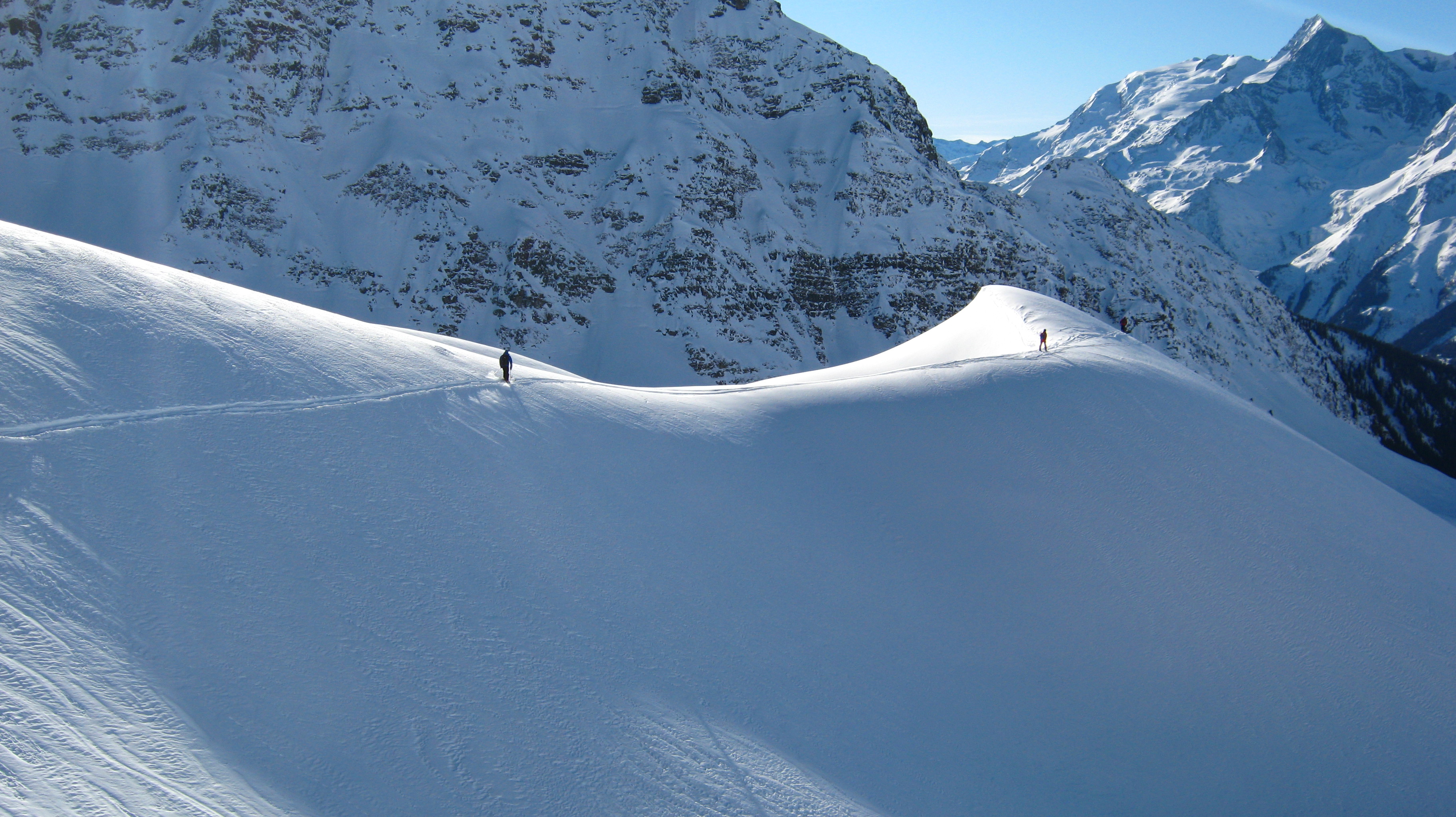
It is well known that skis have a life expectancy. That it soften with time and will loses its snap. But just how long. This may vary depending on the ski construction, the usage of the ski, the type of skier and so on. One thing is for sure, after 50 days of skiing, the ski as changed and is not the same. But it’s definitely still good. After 200-300 days, It’s usually very dampened, and you want to change it. (you can always keep an old pair for rocky/thin snowpack conditions)
Keeping your ski edges sharp is generally neglected on the telemark scene. If you ski powder every day, it’s obviously not as important. But even then, sharp edge will make a difference on high traverse, on that couloir that avalanched half way down and that is now frozen hard. For the daily telemark skier, telemark edges is the difference between: “wow, I have great skis, the rip through every thing”, or “I don’t feel confident, these skis s…”
Mark my words, sharp edges are key to 80% of good telemark technique. If you do it bad with sharp edges, you have a chance. If you do it good on round edges, you have no chance.
Make a habit to sharpen your skis every 2-3 days on the mountain. It will not take you long and you will get better at it very fast. You can go crazy with edges sharpness. DON’T. Just take a simple file and work the edges. I tried to find a simple video on the Web but I didn’t. So I’ll made one in the weeks to come.
Wax your skis from time to time. This is a question a moving fast on flats more than downhill performance. There are different kind of wax depending on snow temperature and performance. I use a cheap, general wax. For real cold snow, -20c (-5F) and below or spring/wet snow (above freezing point), it’s a good idea to have an adapted wax.
Ski base are meant to be flat. With time, it will need to be flatten to keep a good glide. This needs to be done at your local ski shop and cost around 30-40$ (stone grind). This is not the most important but can be done once a year. With a stone grid comes wax and edge tuning which facilitates hand edges tuning since you start with a constant edge surface. Grinding your base flat too often will reduce the life of your skis. (varies with the ski type, just don’t do it every week!)
Boots wear out. Yes. It takes a while but the plastic definitely soften with time. Especially at the bellows, especially for the aggressive low stance telemarkers. And it affect performance. It’s hard to put a time on its life expectancy but if you haven’t change in a while, you won’t believe the difference it makes in the performance (I’d say 200 days) Liners will pack and your foot won’t have the same drive force to the ski. You can remold boot liners many times. (usually 5-6 times) so don’t be afraid to try it out.
Telemark boots don’t really need maintenance. Have the liners molded for comfort (you can do it home quite easily). Remove and dry the liners after each use.
If there is one thing that doesn’t wear out, it’s the bindings, right? almost.
Even telemark binding wear out. Usually the spring cartridges will loosen in the first few days. I notice stiffer spring cartridges usually loosen more and faster, which, in my opinion, makes them useless. Just buy regular spring cartridges for your bindings. After that, bindings won’t wear much for a lot of days on the mountain. Inspect them carefully before going out on a trip for unusual wear, check the screws torque tension and you should be fine. The end of life of a telemark binding is usually the purchase of a new ski (and you want to sell your old pair with bindings). If not,you can generally mount bindings over again without problems. Some ski techs will change the screws, it’s not a bad idea but not 100% necessary. As mentioned in the post: Gear talk: where to mount your telemark binding, get a knowledgeable technician to mount your binding or, one day, it will probably rip out. Technology improvement is an other good reason to change your binding once every few years.

I’m not a fan of fashion and of consuming new gear for the sake of it. But their is a difference between planned obsolescence and perceived obsolescence. At least the telemark industry creates good product and their planned obsolescence is more durable than other outdoor products.
Don’t forget to subscribe to our free email updates. Lots of cool stuff coming up.
What others think about it